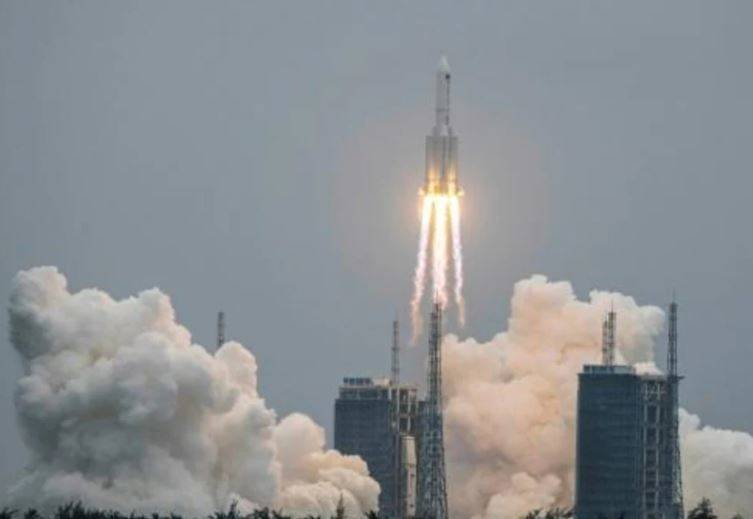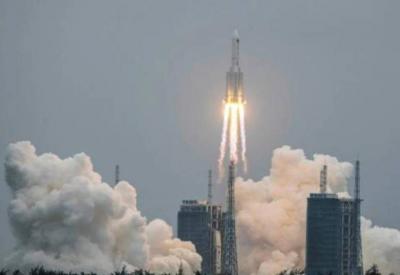The world is anxiously awaiting the crash of the stray Chinese rocket launched last Thursday. The U.S. Department of Defense predicts that most of its debris will fall to Earth on Saturday or Sunday, noting that the exact location of the debris can only be identified a few hours before its descent. The situation poses potential threats to the safety of space flights and the space environment. The rocket completes an orbit around the Earth every 90 minutes, and various sites monitor its trajectory.
It is almost certain that you won't collide with a piece of a rocket that spans over 10 stories and weighs 23 tons, hurtling toward Earth on its return from space. However, the risk is not zero, according to the New York Times. Whether the rocket will land harmlessly in the ocean or affect land remains uncertain, raising the question of why the Chinese space program allowed such a situation to occur—once again. The answer remains unclear. Given China's planned launch schedule, more instances of uncontrolled rocket returns impacting the Earth may occur in the coming years.
China's space program has achieved several significant milestones in space exploration over the past six months, including returning rocks from the moon and placing a spacecraft into orbit around Mars. Nevertheless, the lack of control over the trajectories of the rockets it launches continues to pose a risk to people worldwide, albeit small. Jonathan McDowell, an astrophysicist at the Astrophysical Center in Cambridge, Massachusetts, who tracks the movements of objects in space, stated, "I think it’s negligence on their part, and I think it’s irresponsible behavior." McDowell added that for the past three decades, China has sent rocket stages of this size into orbit and left them to fall randomly.
Regarding the Long March 5B rocket, it could land anywhere between 41.5 degrees north latitude and 41.5 degrees south latitude. This indicates that Chicago, located a fraction of a degree north, is safely out of reach, while major cities like New York could be threatened by debris. On Thursday, Aerospace Corporation, a non-profit organization funded by the federal government that conducts research and analysis, predicted the rocket's return on Saturday at 11:43 PM Eastern Time. If accurate, debris could fall over northeastern Africa.
Both the U.S. Space Command and the Russian space agency are monitoring the core of the rocket. A Russian statement indicated that the rocket "will not impact the territory of the Russian Federation." Meanwhile, U.S. Space Command promised regular updates prior to the potential return.
Dr. McDowell believes the threat posed by debris from the Long March 5B rocket is significant enough to warrant concern. Due to the lack of design details provided by the Chinese, predicting how much material will reach the surface is challenging. It could amount to 10 tons spread over hundreds of miles.
The largest incident of space debris impacting Earth occurred when the Space Shuttle Columbia broke up over Texas in 2003 upon reentry into the atmosphere while returning to Florida, resulting in the deaths of its seven astronauts; however, no one on the ground was injured as 85,000 pounds of debris fell over sparsely populated areas.
It should be noted that Chinese space officials have not publicly commented on the uncontrolled rocket since the global interest and concern.




